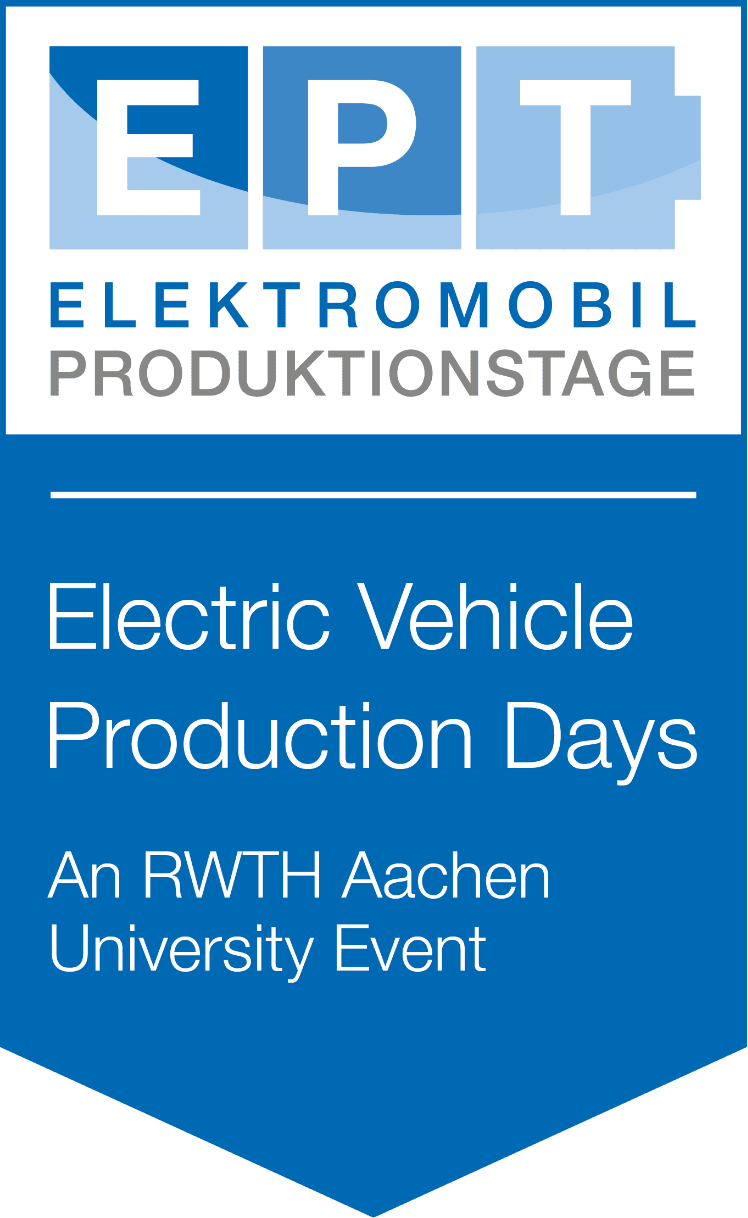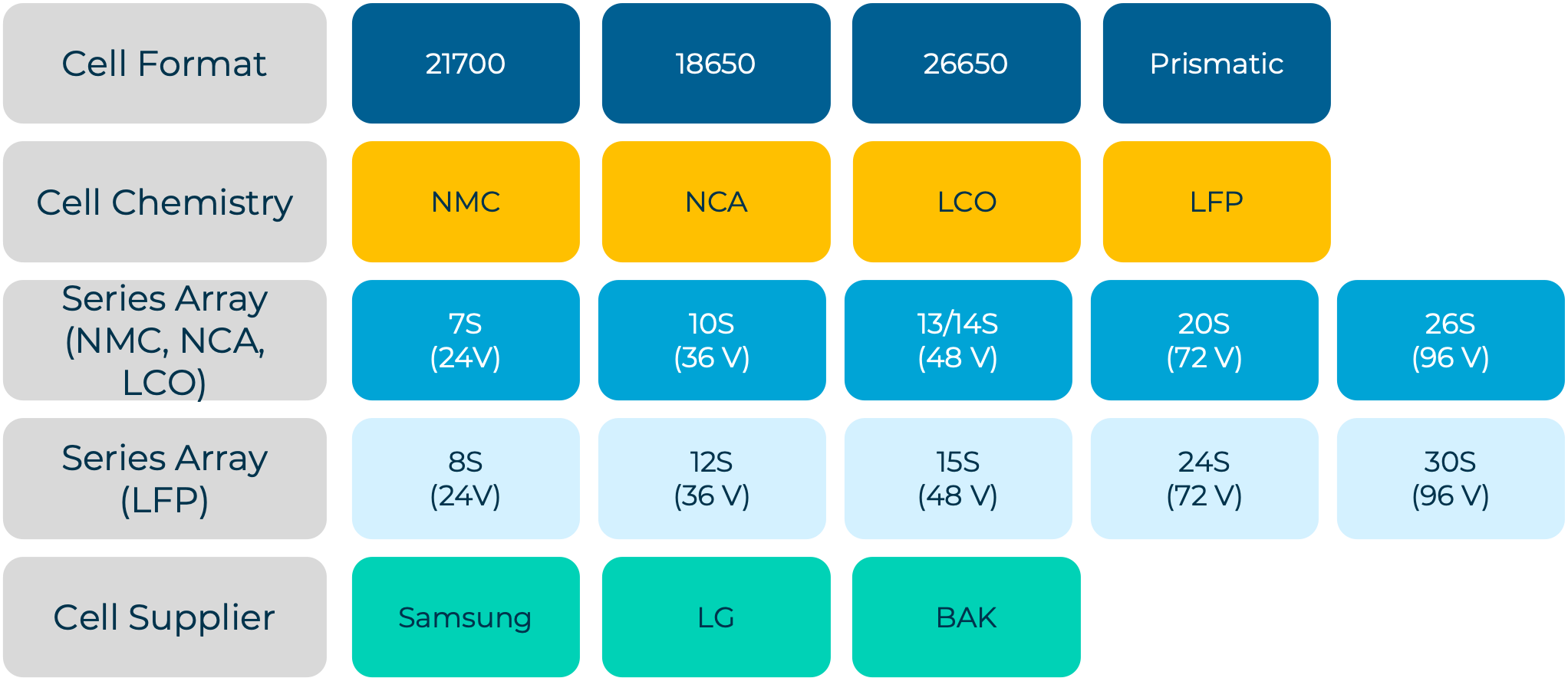Realizing the future of mobility
A new vision of our understanding of mobility
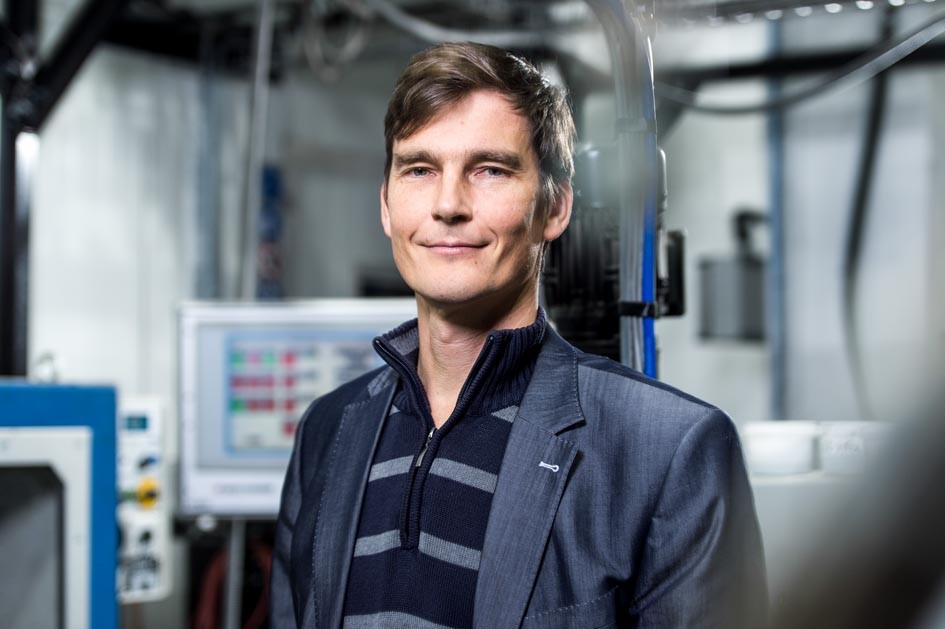
“It takes enthusiasm,
to create a spirit of optimism. […]”
says Prof. Achim Kampker
In a nutshell:
- An important building block for the sustainable reduction of CO2 emissions is sustainable mobility.
- We all have to ask ourselves when we really need which form of mobility.
- We can’t put as many wind turbines as we want on the high ground in the Black Forest or in the North Sea. The area for solar plants is also limited in the end. The aim must be to consistently reduce energy consumption.
- The battery is much cleaner than often assumed. If done right, the climate footprint is relatively small.
- To manufacture lithium-ion batteries, a lot of raw materials are consumed. Against this background, the recycling of batteries is the topic of the future absolutely.
- The energy and mobility transition go hand in hand: the start-up AE, for example, converts surplus energy into green hydrogen and uses it to power the hydrogen cars on our roads.
Urban Standing Vehicles – A new view of our understanding of mobility
Hand on heart: Do you really need your car? Or would you be satisfied with the security of having one at your disposal whenever you really need it? If we are honest, we quickly realize that certainly not all of us need our own car. Once apart from people who live in the countryside and are dependent on a vehicle. But in urban environments, the future of mobility should just be: Less is more.
“We need to fundamentally rethink our situation and ask ourselves what mobility is even necessary and how mobility needs can be changed or completely avoided.”
– Prof. Achim Kampker
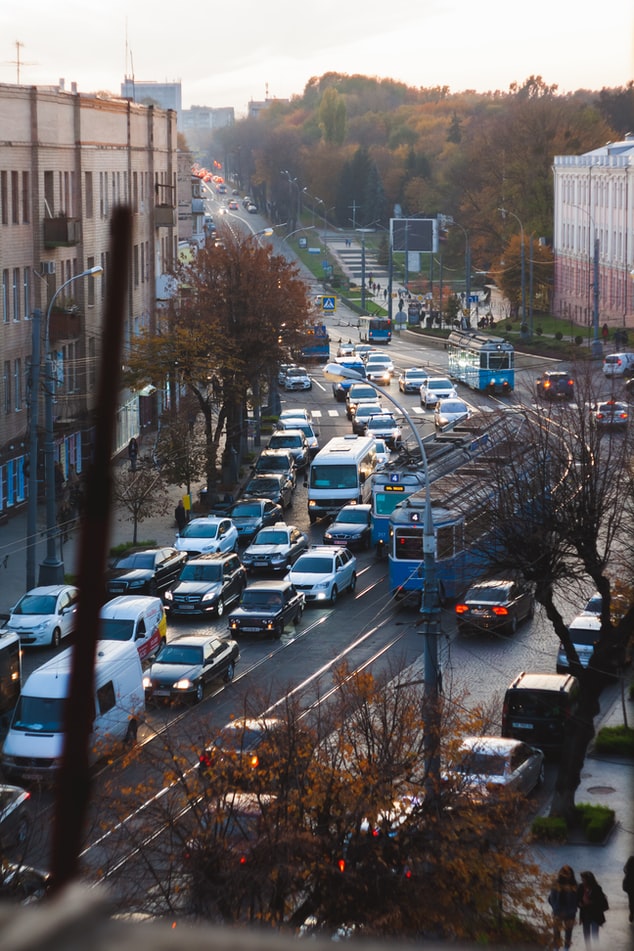
New thinking – instead of rethinking
For us, mobility is not necessarily linked to cars in the classic sense. Rather, it is about holistic, intelligent solutions for the mobility requirements in our everyday lives. Our inner cities in particular have a problem:
In terms of traffic, they are at their capacity limit.
On the one hand, more and more people own a car, and on top of that there are around 3.5 billion of mail and parcel deliveries every year.
Where the automotive industry is currently setting its accents was shown at the last International Motor Show (IAA) in Frankfurt/Main in September 2019. Sophisticated stage shows were intended to communicate the impression of how climate-neutral the corporations are positioned. The trade show booths, on the other hand, still featured mainly SUVs (sport utility vehicles), which look like dinosaurs in these times of global warming. Many managers in the automotive industry say of themselves that they have gasoline in their blood. A metaphor for their enthusiasm for combustion vehicles.
“”If you want to stay in this analogy, then by now they should actually be saying their veins are power cables.
But they don’t say that”,
says Kampker.
Kampker finds it all going too slowly. The professor is convinced that everyone together can achieve much more than what has been happening so far. The automotive industry in particular, he says, is very sluggish.
We all have to ask ourselves what form of mobility we really need. Driven by the ambition to always find new approaches for a sustainable and holistic mobility turnaround, we are developing various solutions for the different challenges together in a strong network.
Early failure, fast and inexpensive
With the StreetScooter project, Prof. Kampker has basically proven that you can change things in your environment even with few resources. Our return on engineering approach showed that development costs and time have a great potential for optimization, especially in the automotive industry.
“It’s possible with a fraction of the traditional investment to bring a product to market, and in an extremely short time!”
– Prof. Achim Kampker
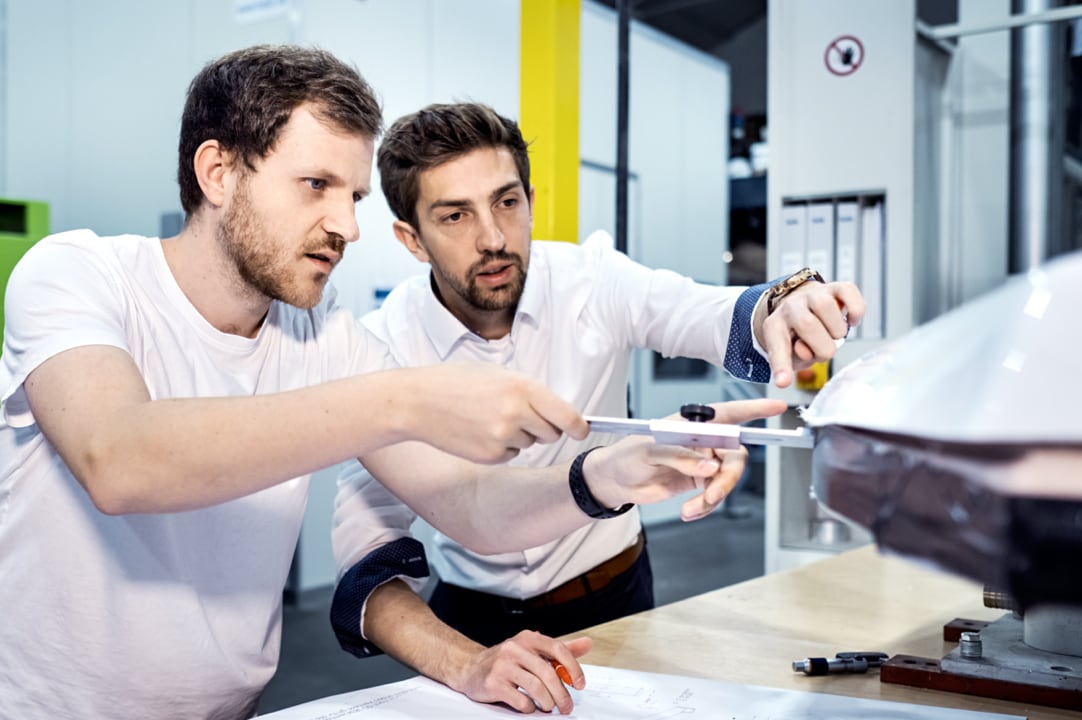
It also became clear that the topic should be entered with light, electric commercial vehicles. The knowledge gained in the process is now, so to speak, common knowledge in electromobility and is being used by the automotive industry.
Sharing is caring
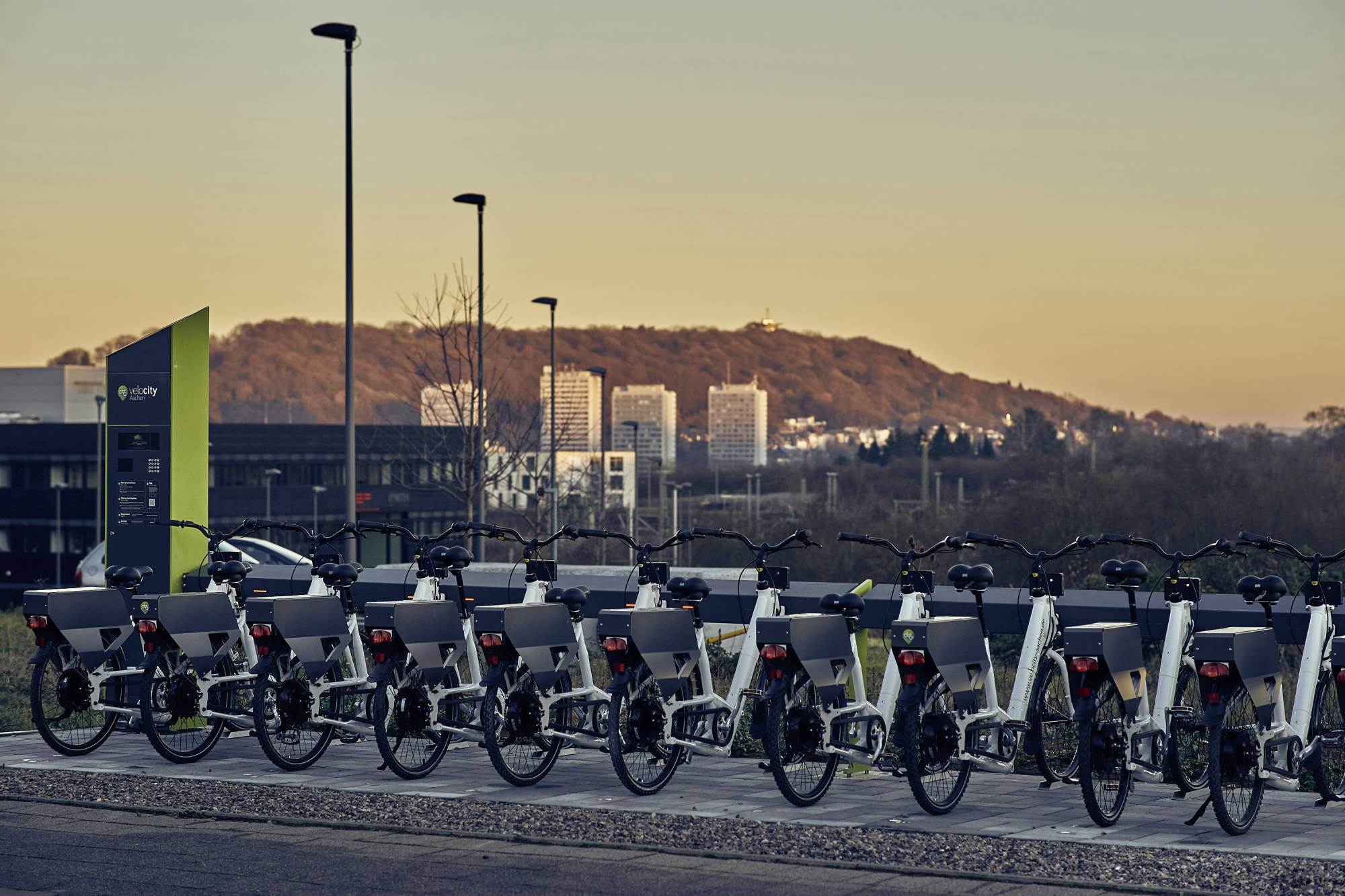
The start-up Velocity develops e-bike sharing solutions to enable new mobility concepts, especially in urban environments. From private rides into the city, to stations for companies – Velocity complements the mobility mix in our inner cities.
“With the Velocity station on our doorstep, we have completed the mobility mix for our visitors and employees. Visitors no longer necessarily have to come to us by car, and our employees can avoid using their cars for business trips. This saves us money and protects the environment.”,
is pleased the marketing manager of the Carolus Thermen in Aachen, Hans-Peter Lipka.
Smaller than a car, bigger than a bike and then several of them – Ducktrain
The idea behind it: Up to five small and light electric vehicles are coupled in a Ducktrain and combined to form a train.
The innovative concept is not only suitable for mail and parcel deliveries; carrier applications are also possible. Designed to the size of a classic Euro pallet, the semi-autonomous light electric vehicle brings considerable advantages for our inner-city delivery traffic. For example, a Duck can also deliver pallets of goods for retailers and drive up to the goods receiving area.
“In this way, we transport the load volume of a conventional transporter into the cities“
Dr. Kai Kreisköther, CEO of the Aachen-based start-up Ducktrain.
Parking a truck on the side of the road and unloading dangerously and obstructing traffic on the street is no longer necessary. Dr. Kreisköther and his partners are also thinking about industrial applications for larger company premises or logistics tasks.
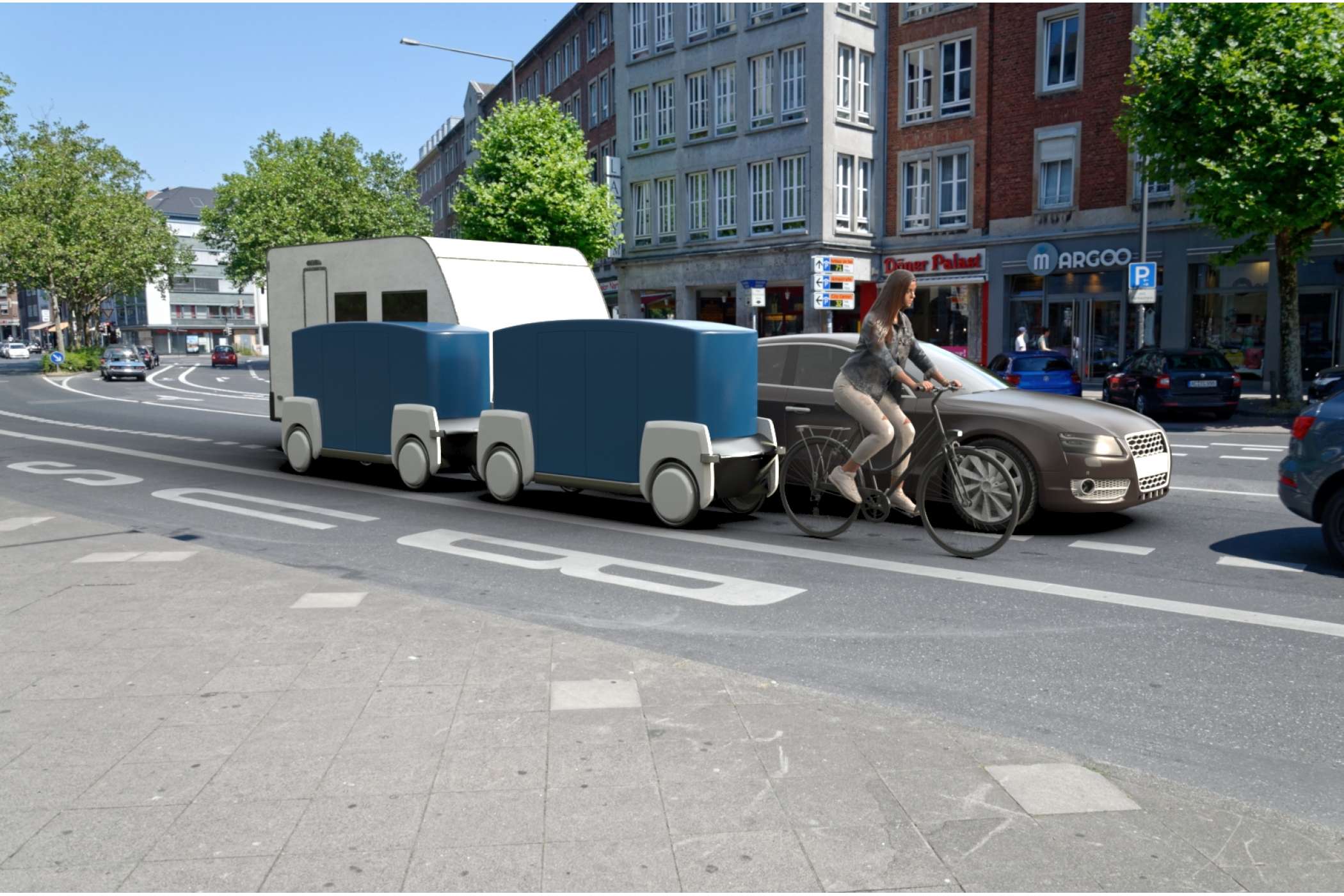
Data as fuel for sustainable mobility

UZE mobility is revolutionizing the world of advertising in our cities. UZE offers an ecosystem for mobile advertising, networks all market participants and establishes an innovative marketplace for urban advertising. The displays are attached to vans and use the data volumes that are generated anyway for smart advertising.
How can digitization and the transportation revolution go together? This is demonstrated by another start-up from our network. The business idea is basically the same as that behind Google and Facebook. So-called mobility apps are another important tool for the mobility of the future.
For example, the latest restaurant is advertised in the trendy district and later in the wealthy residential area they promote fine jewelry. When it’s sunny, ice cream shops attract us around the corner; when it’s raining, the new raincoat collection is advertised. UZE focuses on the urban space and the “last mile” to bring advertising as close as possible to your target group.
The idea of revolutionizing mobility through digital data streams can be taken even further: In the Lithuanian capital of Vilnius, one of the best mobility apps has been created in the form of “Trafi.” The app uses real-time data from buses, trains, cabs and car-sharing services and creates route suggestions for the user that combine the various options. The whole thing is convenient and easy to use and ensures that every fifth citizen in Vilnius uses the app and increasingly leaves their car behind.
Transport and energy transition hand in hand
In Germany, we regularly have an overcapacity of electricity that we cannot consume immediately. So what to do with the energy?
Our solution: Convert the excess energy into green hydrogen and store it as chemical energy. This in turn powers the hydrogen cars on our roads.
However, there are currently only 390 of them in Germany. AE Driven Solutions, a spin-off of PEM Motion, wants to change that.
The Aachen-based company’s operational business is the production and supply of hydrogen, true to the motto: everything from a single source.
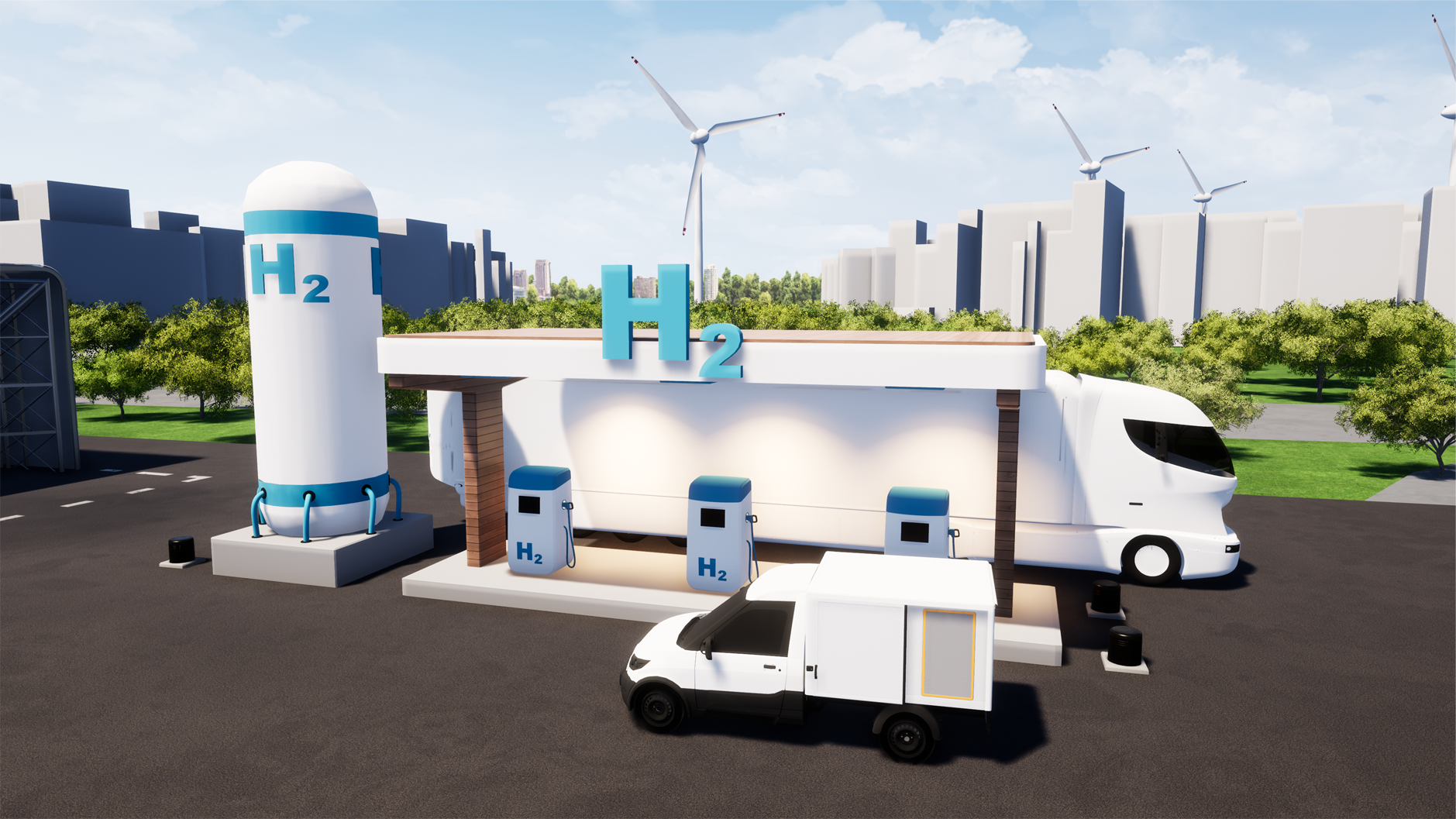
For the moment it remains higher, faster, further
Currently, one could get the impression that whoever has the biggest battery is the coolest. This has nothing to do with new thinking.
The range is determined by the capacity density in the battery. As components can be installed more and more compactly, battery design is also continuously improving. Of course, the active materials used, such as NMC (lithium-nickel-manganese-cobalt oxides) and graphite, can also be further optimized through additives and changes in their composition, which increases gravimetric capacities.
As a result, e-cars can travel significantly more kilometers on one battery charge. High ranges will therefore also be possible with smaller batteries in the future.
But is the maxim “higher, faster, further” at all appropriate? Do we really need ranges of several hundred kilometers in our everyday lives?
A big footprint? The dark side of e-mobility
The energy consumption and thus the CO2 emissions during the production of a lithium-ion battery is an important topic. Here, a study by the Swedish IVL Institute has caused confusion. In it, it was calculated that between 150 and 200 kg of CO2 are released per kWh of battery power in its production.
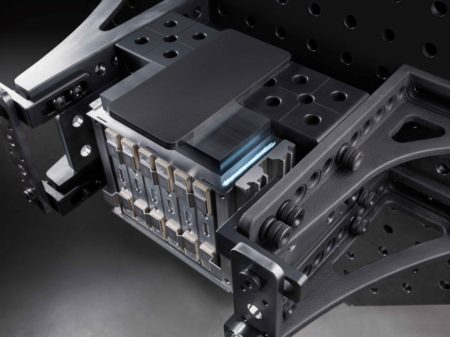
For an electric car with a battery of around 100 kWh, 17 tons of CO2 would be blown into the air even before the first journey. A mid-range car with an internal combustion engine and an average consumption of 6 liters would have already driven 100,000 km.
“The battery is significantly cleaner than presented in the study. If done right, the climate footprint is relatively small.”
emphasizes Kampker
Most vehicles do not have 100 kWh batteries installed. In addition, there are different types of cell production that are significantly more energy efficient than the Swedes claim. The bottom line is that there are still many ways to minimize CO2 emissions in battery production. For example, through lower-energy active material drying during cell production.
In addition, many raw materials are consumed for the production of lithium-ion batteries. Besides lithium, there is also platinum, boron, iron, copper, aluminum, manganese, nickel, crude oil, neodymium, dysprosium, cobalt and graphite on the manufacturers’ shopping lists. Against this background, the recycling and remanufacturing of rechargeable batteries is the topic of the future itself.
With the internal combustion engine, on the other hand, all the options have been pulled out in recent decades. Here, the emissions will not be able to be pushed significantly in the future.
The growing volume of old batteries must not just be disposed of as waste, because the raw materials in the batteries are very valuable and must be recovered.
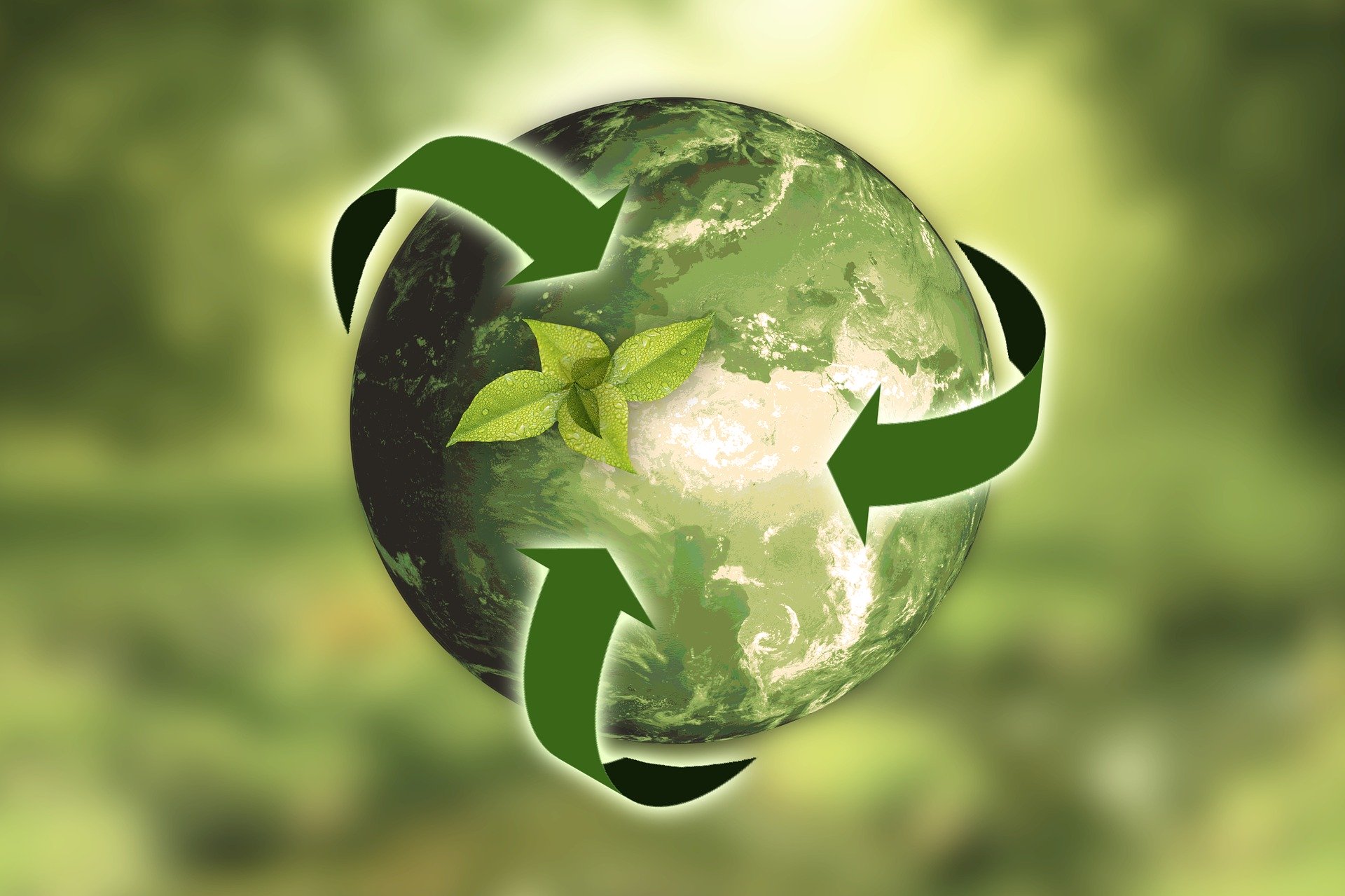
Conclusion
In order to realize the mobility of the future, we have to radically reformulate our thinking. We cannot change the whole world either. That’s why we’re starting small. On our own front door. One thing is certain: there are at least as many front doors as there are cars on our roads. Together, we can successfully master change.


